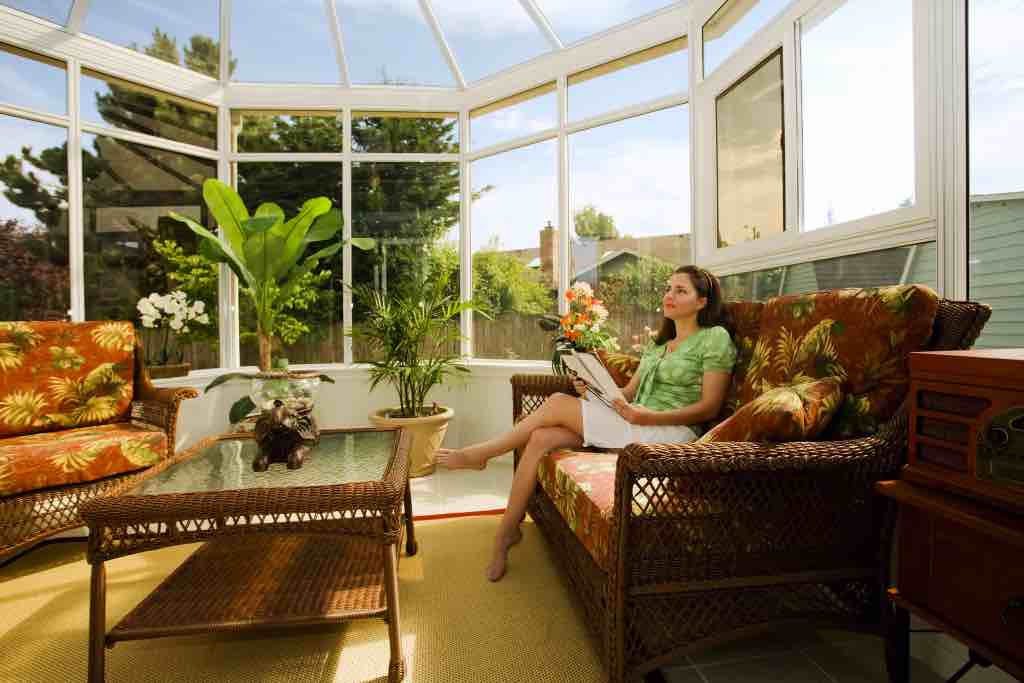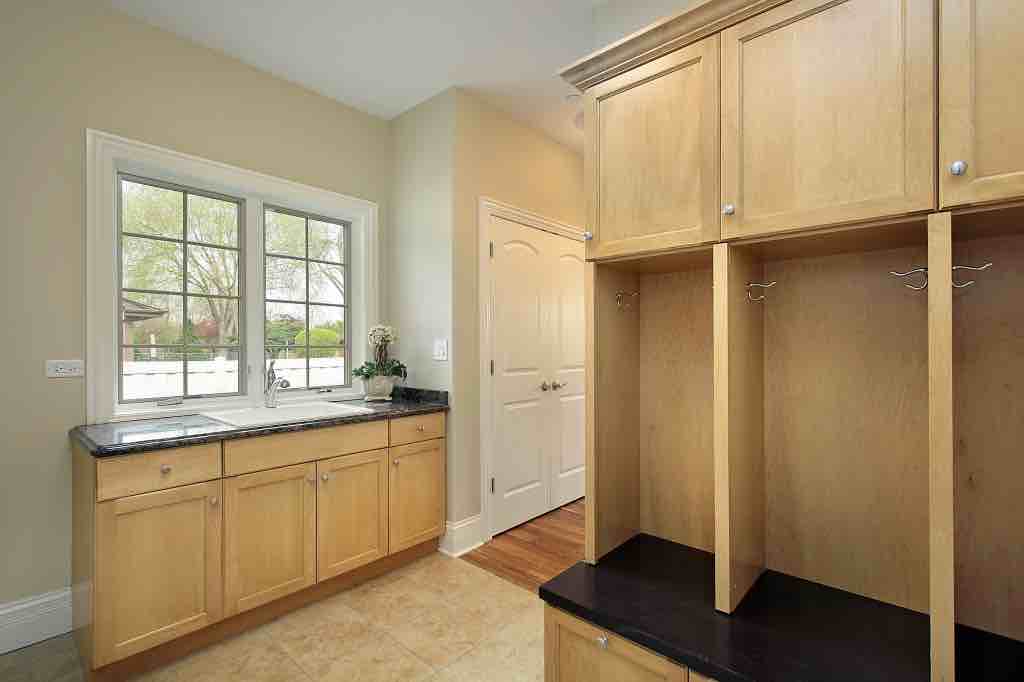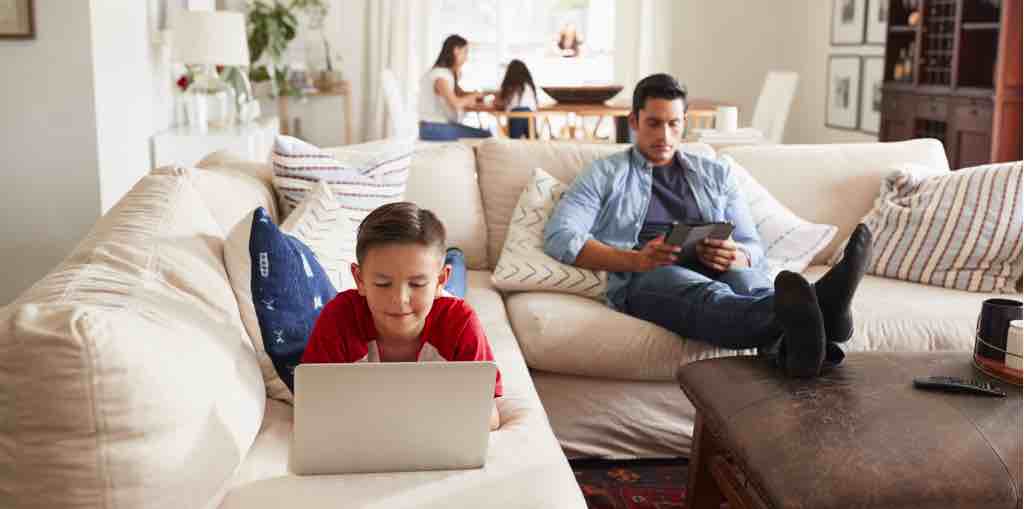Epidemics have long transformed our built environments and social worlds.
More people are now spending time at home than ever before; homeowners may be noticing changes they would like to make to get their space ready for the future. Now is a great time to create the perfect plan for when the next disaster strikes. Don’t forget to dream during challenging times, walk around your home or property, make a list of what you love and don’t like, write some ideas down. If you’re stuck in your home, you may start to notice small details of your house or apartment you haven’t thought of before. During an epidemic, we gain the extra time to invest in our homes. You may also wonder if there’s something you can do, aside from cleaning and disinfecting to help keep your home virus-free during an outbreak. A few of the design features in our homes today originated because of previous infectious disease outbreaks. Before all of this, the infectious diseases had already moulded the places we live; through architecture, design, and urban planning.
Sunlight and fresh air
Before antibiotics, fresh air and sunlight were the best solutions for disease. A house is only liveable when it is full of light and air. Balconies, terraces and flat roofs are common elements in modernist architecture, even in climates less suited to relaxing outdoors.
Beyond their aesthetic appeal, the healing effects of light, air and nature are crucial. It is essential to make sunlight and natural ventilation available in every habitable space. You can bridge inside and outside with stunning balconies on each floor or a rooftop sun deck.
Windowed rooms that offer views of outside areas will do wonders. Whether you want to add a glass door as your front door or add in glass sliding doors in the back of your home, it helps to let in more light. Instead of having solid sliding doors to close off rooms, use glass doors so sunlight can filter throughout the entire home.

Of course, the more windows you have, the more light you will be able to let into your home. Windows are something to consider when you are building a custom home, but also when remodelling your home. Adding windows gives you the option to create a room full of sunlight and eliminate dark areas in the house. It is not complicated to let more sunlight into your home. Windows and glass doors provide the easiest ways to get light in; also transoms and skylights.
Sunlight benefits us throughout the entire year, and we need it most when we feel those winter blues hitting us. With the right remodel or custom home design, you can let in more sunlight throughout the entire year.
Mudrooms/Powder room
Powder rooms or half baths on the ground floor of a house near the front door are the results of the attempt to prevent the spread of infectious diseases in the early 20th century. If a delivery person roams inside your home after being inside many different places, you don’t want him using your family bathroom but rather a guest bathroom. An accessible sink on every floor of your home or at each entrance is crucial for health and hygiene. The mudroom is the new foyer. Homebuilders and owners realise that secondary entries are where most departures and arrivals happen.
As we become more casual in the way we live, alternative entrances, often adjacent to the garage, have become the main entryways into the home. In new builds, there is a larger space devoted to a mudroom, and in older-home renovations, people want to include them. We attribute the national mudroom boom to a change in lifestyle and the need to keep a more organised home.

Everyone wants more organisation, a space that can house your coats, your sports activities, your pet things, your keys and purse, so when you walk into the kitchen and house, you don’t have all that clutter.
I think the home design innovations that come from an outbreak will be featured to help prevent the spread of infections. A sink as you enter as a definite transition zone between the inside of the home and the outside world, it gives the people that join the opportunity to take off dirty clothes and shoes and off course wash their hands. If pandemics become the new normal, we may see the influence of the sanitation phase in our home design again, primarily if the sterility could also provide some peace of mind.
Houses not apartments
High-rise buildings get designed to organise loads of people in one place with health and hygiene, not being a consideration. In times of an epidemic, it is crucial to reduce contact with everything used in multi-storey buildings: elevators and its buttons, door handles, public surfaces and even neighbours. After self-isolation without a balcony or terrace, we will all want to have a house; it can be small, but with a courtyard or a terrace. People need a house that can now effectively provide social isolation. More than just an escape from routine and urban chaos, the home now offers a retreat from viruses. Urbanisation takes the back seat as we relocate to small villages and suburbs.
Working from home
If virtual working is successful, if we’re more productive, it’s going to change the value proposition of shared workspace fundamentally. Rather than a temporary fix, social distancing could become a design paradigm. Designing or incorporating a home office for working from home can prove beneficial. If your job now has you working remotely, or the kids are doing schoolwork at home, you need to clear some workspace in your home. Setting aside a specific space will help keep the line between work and home clear and then it’s also easier to be productive.

We all need a clutter-free space to focus in a home office. We now realise how important it is to have a lot of physical space when working from home. Physical space for working from home is crucial even when all you need to do your job is a laptop and a camera.
Pantry to stock up
If you have enough space for a large pantry, you may want to include a table as well. It serves as a ‘landing zone’ for unpacking groceries. It is also the perfect spot for planning meals and making shopping lists. You might also want to include a wall- mounted docking station for your favourite mobile device. If you want to add a pantry to the house, begin by determining the best location and placement for your pantry, close to the kitchen.
Adding a pantry will require some adjustments to the existing cabinetry. If you do not want to change your kitchen too much, you will need to look for space from surrounding areas, a hallway closet, garage, or possibly in a mudroom or even your laundry room. Once you choose the location of your new pantry, it is time to customize the storage potential. It is incredible what the manufacturers have come up within the way of prefabricated storage solutions these days.’
Less open-plan
We expect a trend for fortified buildings to become more widespread. The desire to renovate your home for natural or human-made hazards is no longer surprising. We’ll also be saying goodbye to too many open-plan spaces. In the aftermath of a pandemic, the entrance area needs separation so that we can leave shoes, clothing and belongings there, and not carry dirt into the rest of the house.
The closed floor plan can help save energy by not heating and cooling rooms that are not currently in use. Sometimes, real freedom means putting up a few barriers. The best thing about the closed floor plan is that it offers what it has always provided; spatial privacy. Humans have always needed a sense of comfort and refuge that defined rooms provide.
Minimalism
In the 1920s the switch to closets was to make rooms easier to clean. Bulky furniture items were difficult to move and therefore collected dust, which passed along germs. By then, they were already talking about the importance of minimalism, cleanliness, and hygiene in home design. They were also advocating for built-ins throughout the house, which eventually became the norm.
Modernist furniture reflected these concerns as well. Dust lodged in decorative features which just further pronounced the importance of minimalism. Designers started to use lightweight, washable materials in streamlined forms. Easily moved for cleaning purposes, this furniture deprived dust of hiding places. By reducing decoration and removing clutter, these designers fought against dust and grime that could nestle in dusky corners.
Self-sufficient power and water
The buildings of the future will have to be more independent with their water and heating. We need alternative sources of heating to have as a safety net: a stove, a fireplace, a fuel generator or solar panels. The goal is independence from the outside world, minimising risks in the case of a full shutdown. Being able to make your power is one of the critical steps to self-sufficiency and many Kiwis—green or not—are attracted to the independence it brings. Living off the power grid is about new technologies and reducing your load. You’ll need the most efficient appliances you can get. You might be better off finding ways to generate your power while staying grid-connected.
Easier to clean
Along with tiles, linoleum replaces hardwood floors as the sanitary flooring of choice, also easier to clean. Robotic vacuums can provide you with a much cleaner environment and a healthier body. Any dust, spots, and other dirty marks in your home may harm your health, but, with a robotic vacuum, your house can be cleaned thoroughly and with high efficiency and quality, which lowers the possibility of being exposed to an unhealthy environment.. A house needs to be built or renovated to clean easier and for technology to assist you.
Touchless Technology
The prediction is that public spaces will move toward more automation speeding up the development of all types of touchless technology. This technology is automatic doors, voice-activated elevators, hands-free light switches and temperature controls. If you want precautions such as ventilation systems to remove contaminated air, contemporary designers are likely to utilise antibacterial materials in forms that can get sanitised.
Design and Renovation after an outbreak will never be the same as before-but that is a good thing.
Click on the link below to download the 7 Biggest Mistakes To Avoid When Planning Your Major Home Renovation.
Download our FREE guide and avoid mistakes that will cost you money and time on your renovation.


